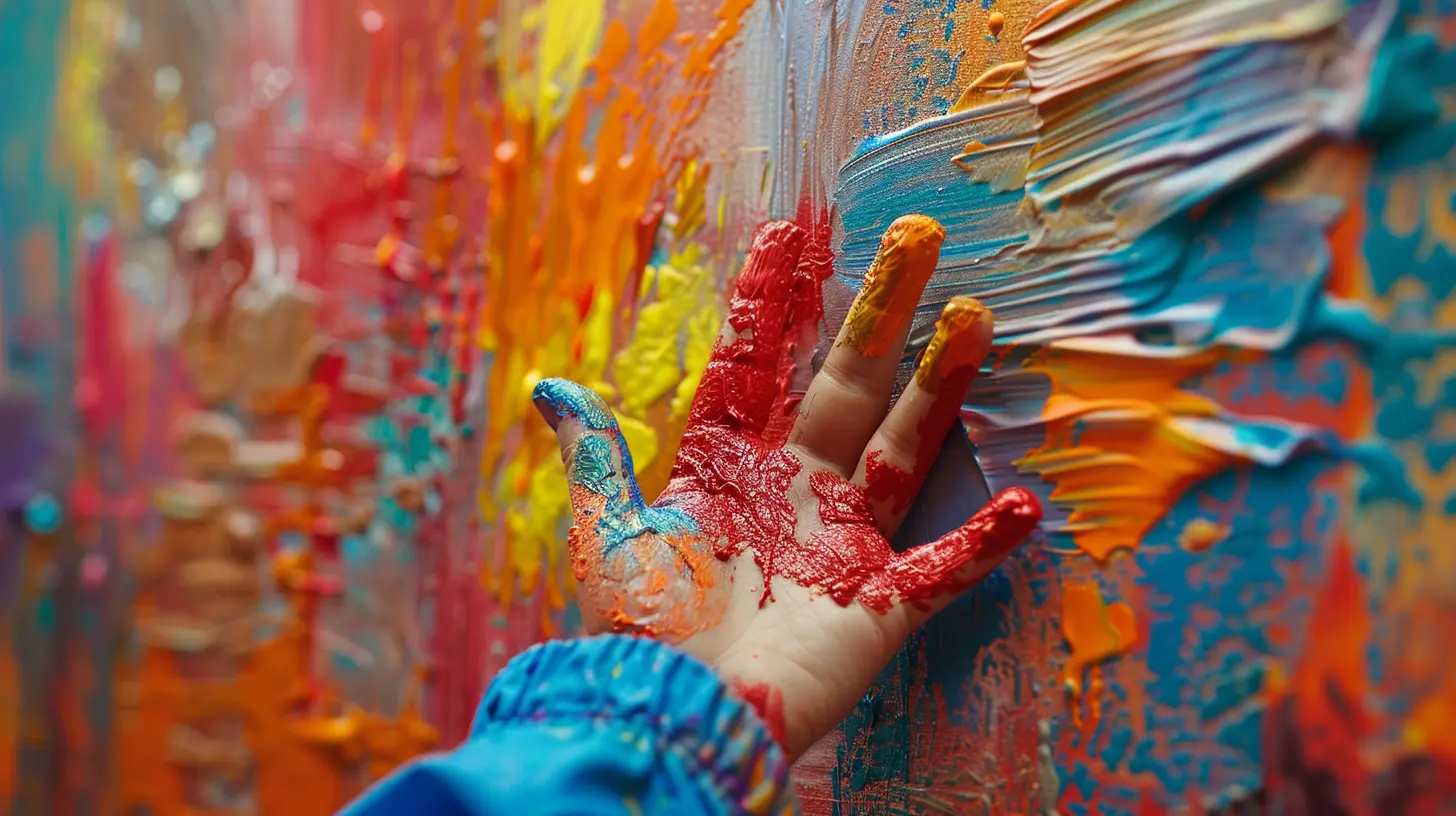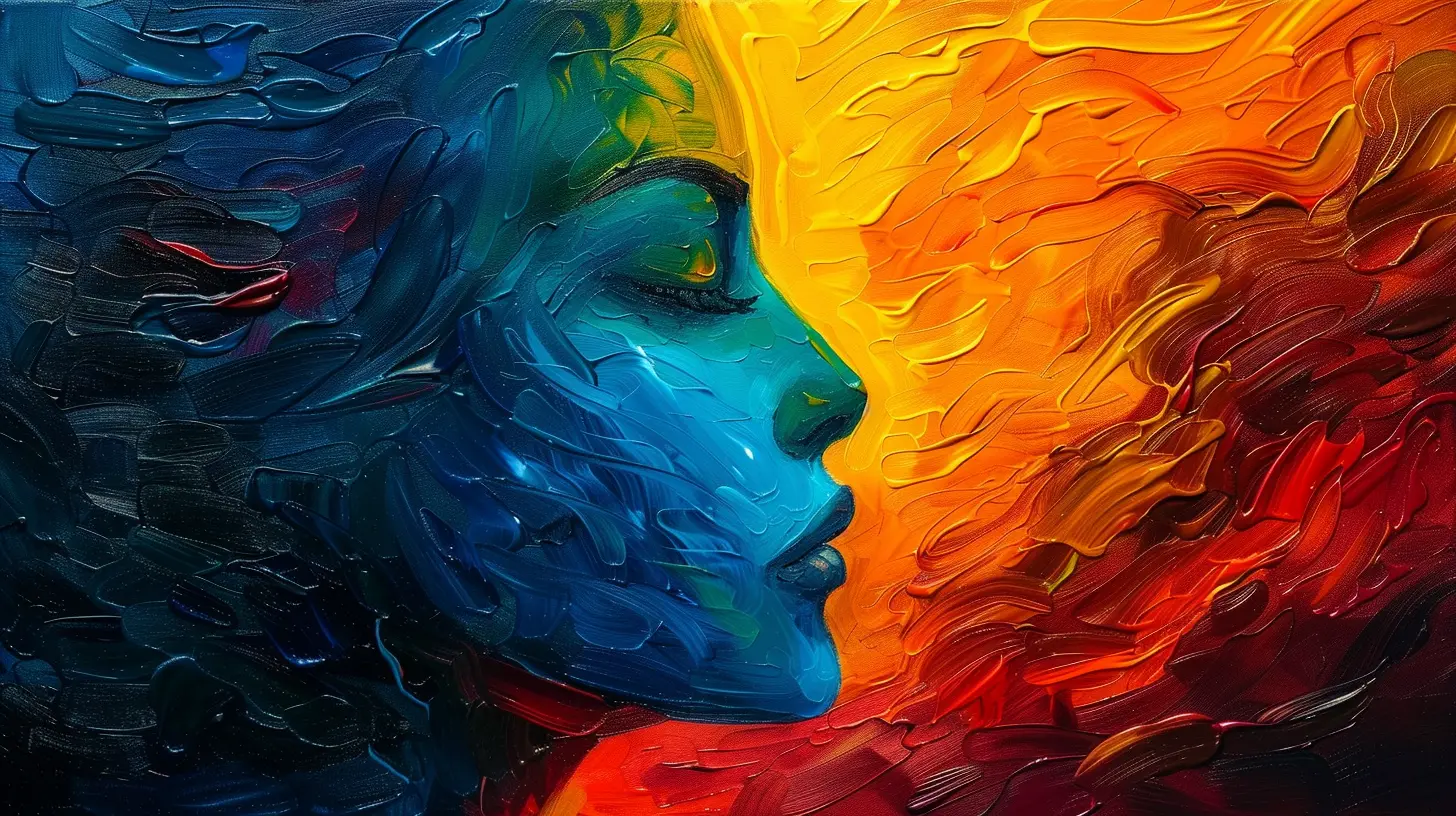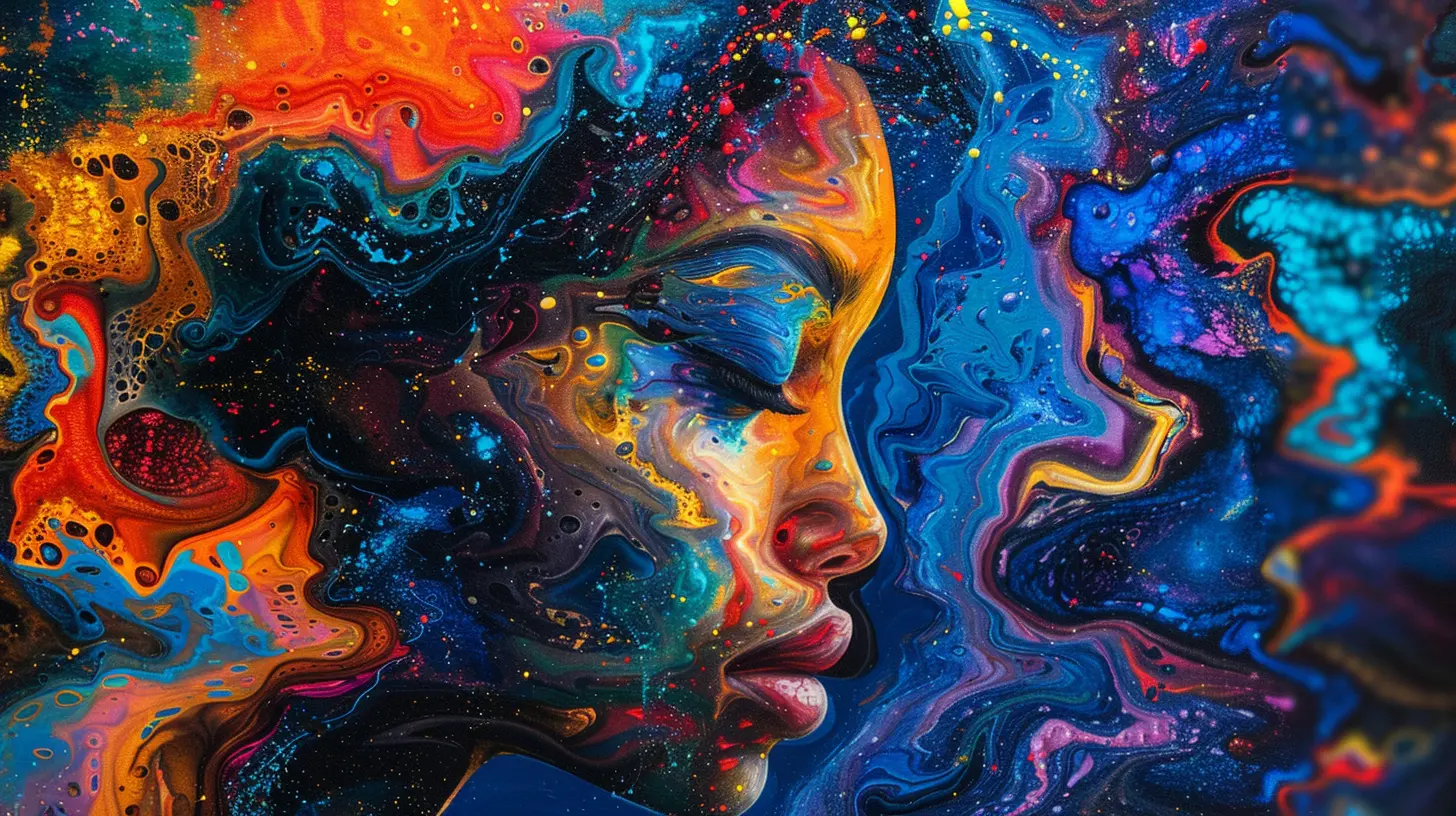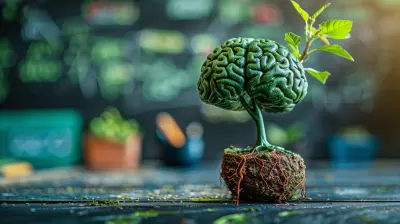Using Art and Creative Expression for Social-Emotional Learning
10 October 2025
Social-emotional learning (SEL) is a crucial part of education that helps students develop self-awareness, empathy, and emotional regulation. But here's the thing—traditional teaching methods often fall short in nurturing these skills. That's where art and creative expression come in!
Through painting, music, drama, and other creative outlets, students can explore their emotions, build confidence, and enhance their problem-solving skills. So, how exactly does art help with social-emotional learning? Let’s dive in! 
What is Social-Emotional Learning (SEL)?
Before we get into the creative side of things, let’s cover the basics. Social-emotional learning is all about helping students develop five core competencies:1. Self-awareness – Understanding one’s own emotions and thoughts.
2. Self-management – Learning to regulate emotions and behaviors.
3. Social awareness – Developing empathy and understanding others.
4. Relationship skills – Building and maintaining healthy relationships.
5. Responsible decision-making – Making ethical and constructive choices.
These skills are just as important as academic knowledge. After all, emotional intelligence plays a huge role in personal and professional success! 
How Art Enhances Social-Emotional Learning
Art isn't just about making something pretty—it’s a powerful tool for self-expression and emotional development. When students engage in creative activities, they learn to process emotions in a healthy way and communicate their thoughts effectively.1. Encourages Emotional Expression
For many students, putting feelings into words can be tough. Art offers a safe space to express emotions without the pressure of verbal communication. A simple doodle or a splash of color on a canvas can reveal a lot about what a student is feeling.Think about it—how often do you turn to music, movies, or drawing when you’re overwhelmed? The same applies to students. Art allows them to release pent-up emotions in a healthy, constructive way.
2. Boosts Self-Awareness and Confidence
Creating something from scratch gives students a sense of accomplishment. Whether it's a painting, a poem, or a song, seeing their work come to life boosts their confidence.Plus, art encourages self-reflection. When a student creates something, they often think about why they chose certain colors, words, or themes. This introspection helps develop a deeper understanding of oneself.
3. Enhances Empathy and Social Awareness
Art doesn't just reveal personal emotions—it helps students understand others too. Through activities like drama or storytelling, students step into different perspectives, fostering empathy.In theater, for example, playing a character requires understanding their emotions, motivations, and struggles. By experiencing different viewpoints, students become more open-minded and compassionate.
4. Strengthens Communication Skills
Not everyone can express themselves easily with words, and that’s okay. Art allows students to communicate in a way that's natural for them. A shy student might struggle to voice their concerns but could write a poem or draw a picture that speaks volumes.Creative expression also improves nonverbal communication. From facial expressions in acting to the emotions conveyed in a painting, students learn to interpret and respond to different forms of communication.
5. Helps with Stress and Emotional Regulation
Have you ever lost yourself in a creative activity and completely forgotten the stress of the day? That’s because art has a calming effect. It’s a natural way to manage stress and regulate emotions.Activities like drawing, coloring, and playing music activate the brain’s relaxation response, reducing anxiety and improving focus. Schools that integrate art into their curriculum often see improvements in students' overall well-being and behavior. 
Creative Activities That Support SEL
Now that we know why art is so effective, let’s look at some creative activities that can help students develop social-emotional skills.1. Journaling and Creative Writing
Writing isn’t just about grammar and punctuation—it’s also a great way to process emotions. Encourage students to keep a journal where they can freely express their thoughts and feelings.Poetry and storytelling can be especially powerful. Writing a short story with personal themes allows students to explore their emotions in a safe and controlled way.
2. Painting and Drawing
Visual art is fantastic for self-expression. Give students a theme—like "What does happiness look like to you?"—and let them paint or draw their response.The best part? There’s no right or wrong answer. The goal is expression, not perfection.
3. Music and Sound Expression
Music is deeply emotional. Singing, playing instruments, or even listening to music can help students connect with their feelings.Encourage students to create their own songs or soundtracks that represent different emotions. This not only boosts creativity but also helps them understand feelings in a deeper way.
4. Drama and Role-Playing
Acting out scenarios helps with empathy and communication. Role-playing activities, such as acting out conflict resolution scenarios, can teach students how to handle real-life social situations.Theater also encourages collaboration, which strengthens relationship-building skills.
5. Collaborative Art Projects
Group projects foster teamwork and social awareness. Activities like mural painting or group storytelling require students to work together, share ideas, and respect different perspectives.Through collaboration, students learn patience, active listening, and compromise—essential skills for healthy relationships. 
Integrating Art into the Classroom
So, how can teachers integrate art into daily lessons? Here are some practical tips:- Start with small activities – You don’t need to overhaul your curriculum overnight. Begin by incorporating 10-minute creative exercises into existing lessons.
- Make art accessible – Provide various art materials and encourage students to experiment with different mediums.
- Encourage self-expression – Let students create without strict guidelines. The focus should be on personal expression rather than technical skill.
- Connect art to emotions – Encourage students to reflect on their artwork. Ask them, “What emotions do you see in your creation?”
- Create a judgment-free zone – Emphasize that art is subjective, and there’s no right or wrong way to create. This helps build confidence and self-acceptance.
By weaving creativity into daily learning, teachers can create an environment where students feel safe, valued, and emotionally supported.
Final Thoughts
Art and creative expression are game-changers when it comes to social-emotional learning. Whether through painting, music, writing, or drama, students develop self-awareness, empathy, communication skills, and emotional regulation—all essential qualities for personal growth and success.Incorporating creativity into education doesn't just benefit students academically—it helps them navigate life with confidence and emotional intelligence.
So, why not hand them a paintbrush, a journal, or a musical instrument and see where their creativity takes them? The results might surprise you!
all images in this post were generated using AI tools
Category:
Social Emotional LearningAuthor:

Olivia Lewis
Discussion
rate this article
1 comments
Lexi McGehee
Integrating art into social-emotional learning not only enhances self-expression but also fosters empathy and resilience, creating a holistic approach to student well-being and personal development.
October 17, 2025 at 11:46 AM

Olivia Lewis
Thank you for your insightful comment! I completely agree—art plays a vital role in nurturing emotional intelligence and resilience in students.


